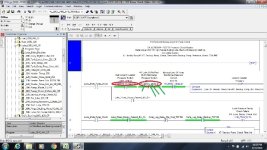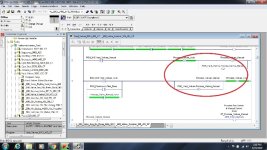How can i elaborate this address in RSLOGIX 5000
- Thread starter turbohamad
- Start date
Similar Topics
Hi, i uploaded program from Allen Bradley PLC, i need someone to help me elaborate more on this uploaded project
will appreciate any help thanks
These questions concern diagrams found at http://www.plcs.net/dcforum/DCForumID1/2645.html
fig-1 thru 15 by Terry Woods March 2002
Question #...
Hi,
I wanted to ask is there a way to have a visibility expression use the IP address of the HMI (Dynics, not PV) to show certain elements? The...
Hello.
I have a few machines that use Kinetix 300 (each machine has two drives). Both drives on one of the machine keep losing IP address. They...
Hi Guys,
Is it okay to have Redundancy ControlLogix Processor IP address set to DHCP?
I had Static IP address on it but removed it via RSLinx...







